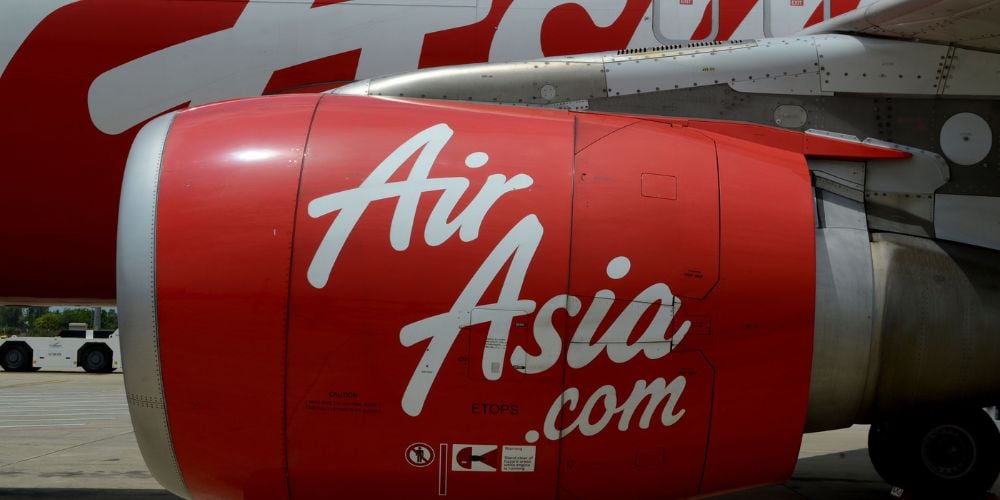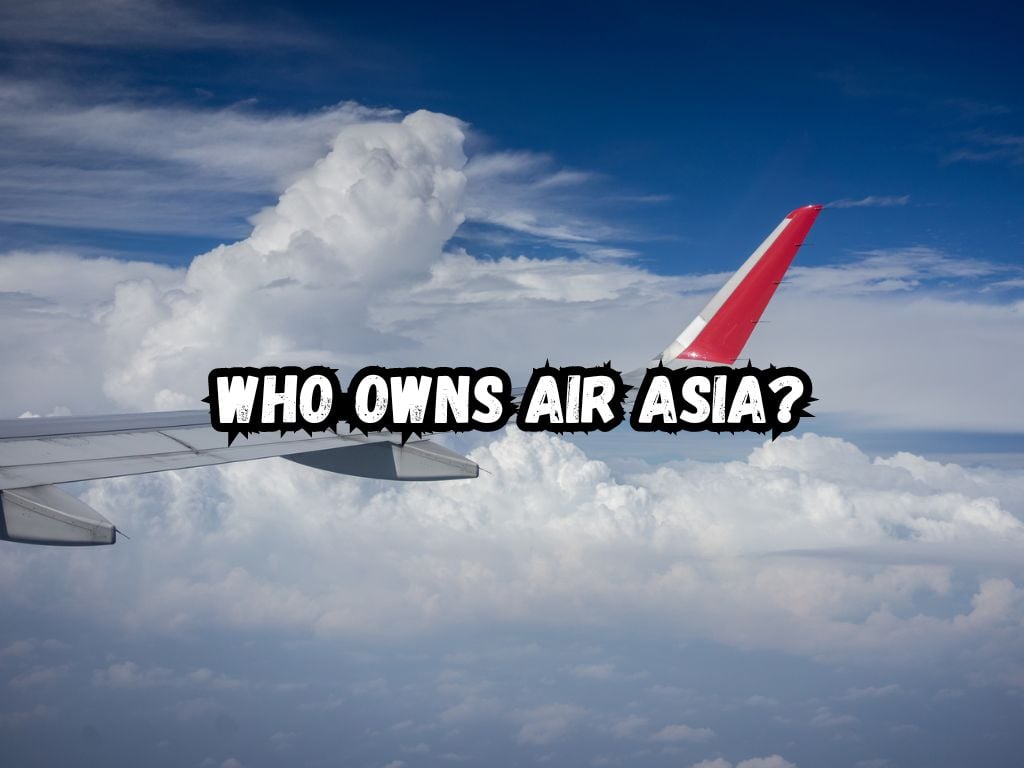Air Asia is a household name in Asia’s aviation industry. Reputed for its low-cost flights, it revolutionized air travel, making it accessible to average income earners.
But behind the economically friendly fares and expansive network lies an insightful narrative about its ownership.
So, who owns Air Asia? What’s the interesting story there?
To understand the trajectory this massively successful company took and where it’s going, we must delve into who exactly owns it.
History of Air Asia
Let’s take a quick rewind and journey through time to unveil the roots of Air Asia. Founded in 1993, it was initially a government-owned subsidiary of a Malaysian conglomerate, DRB-Hicom.
Back then, the company wasn’t the giant we know today but a floundering airline finding it difficult to stay aloft in a fiercely competitive industry.
But things drastically changed in the new millennium. In 2001, three visionary entrepreneurs, Tony Fernandes, Kamarudin Meranun, and Datuk Pahamin Ab Rajab, bought the debt-laden airline from the government. With only two aircraft under its wing at the time, Air Asia was on the brink of collapse. Yet, these three saw a diamond in the rough.
Fernandes, Meranun, and Rajab had a clear vision – they wanted to transform Air Asia into a model budget airline, making air travel affordable and widespread. And that’s exactly what they did. They embarked on a journey to turn things around, transforming Air Asia into an award-winning, internationally recognized airline.

Who Owns Air Asia? Current Owners of Air Asia
Now, fast-forward to the present, let’s analyze who holds the reins over Air Asia today.
Tony Fernandes and Kamarudin Meranun are the predominant figures in the story of Air Asia. They remain the largest shareholders, owning almost a third of the company between themselves.
Fernandes commands attention as the Group’s CEO, overseeing the company’s operations. The charismatic entrepreneur is often the face of Air Asia, representing them in press releases and public events.
Meranum, though preferring a more background role, is no less pivotal. He serves as the Executive Chairman of the AirAsia Group, lending his business acumen to ensure smooth company operations.
Their hands-on approach to steering the airline contributes to the company’s impressive lift-off from near-bankruptcy to an industry leader.
Ownership Structure
The ownership structure of Air Asia is a complex and carefully crafted system. At its core, the structure is divided into two main categories: the majority shareholders, primarily consisting of Tony Fernandes and Kamarudin Meranun, and the minority shareholders that hold smaller stakes in the company. This delicate balance of power serves a strategic purpose for overall company stability.
The primary intent behind maintaining a majority shareholding for Fernandes and Meranun is retaining control over the strategic direction of the business. As the pioneers who revolutionized Air Asia, they want to ensure that the company constantly aligns with their vision and innovative approaches.
Through their control over key decisions, they can devise and implement growth strategies, facilitate network expansion, and develop services that cater to travelers’ preferences without facing opposition from minority shareholders. This level of control safeguards the company’s unique positioning in the market and its continued competitive edge.
Meanwhile, the inclusion of minority shareholders plays a vital role in fostering a diverse and supportive investor base. These shareholders not only inject additional capital into the company, but they also bring their own perspectives and market knowledge.
Having a broader investor base strengthens the company’s financial standing, encouraging an environment of trust and collaboration. In fact, minority shareholders have the power to influence company decisions when they vote collectively during annual general meetings.
D. Transparent and Inclusive Governance Dynamics
The blend of majority and minority shareholders in Air Asia’s ownership structure creates a reliable system of checks and balances.
By involving a diversified range of stakeholders, the company establishes transparency and enhances accountability. This inclusive governance dynamics results in secure and sustainable growth and encourages innovation while boosting investor confidence.
It’s important to note that the ownership structure may evolve over time to adapt to Air Asia’s business situation and economic environment. The company may adjust its shareholder structure by issuing new shares, engaging in mergers, or acquiring other businesses.
These strategic moves may temporarily alter the balance between majority and minority shareholders, but they ultimately serve the long-term interests of the company.

Impact of Ownership on Company Operations
The depth and breadth of Air Asia’s operation are undeniably influenced by its striking ownership dynamics.
A. Decision Making
In the decision-making arena, majority shareholders wield their power. The future of Air Asia is majorly shaped by the strategies and policies set by Fernandes and Meranun.
They decide the company’s growth strategies, operating policies, expansion plans, and financial structuring. Yet, let’s not underestimate the potential influence of minority shareholders. Through collective voting rights, they can sometimes tip the scale, changing board decisions.
B. Company Growth
The ownership structure also leaves an indelible impact on company growth. Under the leadership of majority shareholders, Air Asia has soared high, expanding across Asia and beyond, increasing its frequency of flights, and offering low-cost airfare to a wider audience. Their strategic policies and calculated risks have tailwinded the company’s growth.
C. Financial Aspects
In terms of financial planning, the ownership structure plays an instrumental role, dictating the company’s financial health. The majority shareholders’ economic decisions ripple directly into the financial reports, share market prices, and overall financial stature of Air Asia.
Controversies/Rumors Related to Ownership
Like any significant corporation, Air Asia has had its share of controversies, particularly surrounding its ownership. These rumors challenged the reputation of the airline and raised questions about its integrity.
One prominent controversy suggested corruption involving top company executives and a supposed bribery case. Despite these troubles, the airline continued to maintain its stance, vehemently denying allegations and ensuring that its operations remained compliant and transparent.
Conclusion
In summary, the ownership tale of Air Asia is a testament to visionary leadership, strategic planning, and inclusive decision-making.
The dynamic duo, Tony Fernandes and Kamarudin Meranun, backed by an army of minority shareholders, has piloted Air Asia into becoming an iconic player in the region’s budget airline industry.
Understanding who owns Air Asia enables us to comprehend the inner workings of this successful corporation. Despite the challenges that ensued, their trajectory epitomizes the power of innovative, inclusive, and strategic leadership.
It not only deepens our understanding of commercial aviation but serves as an inspiring case study for flourishing businesses.


 Tags:
Tags:










